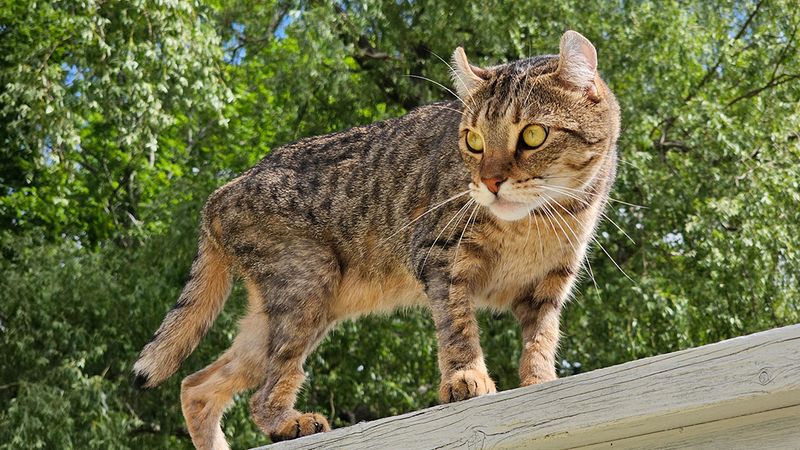While the fuzz you find on peaches may seem like a random (and frankly quite adorable) evolutionary trait of this humble fruit, it does, in fact, serve a very specific purpose.
The rest of this article is behind a paywall. Please sign in or subscribe to access the full content.The peaches’ fuzzy surface is actually used as a defence mechanism and deterrent against the pesky bugs that want to chow down on and lay eggs in its flesh. The hairs work by preventing small insects from landing on the fruit’s uneven surface.
These microscopic hair filaments are even protection enough from some humans, as peach allergies can occur as a reaction to the fuzz or skin of the fruit rather than its juicy insides. People with an intolerance to the component rPru p 3 may still be able to consume peaches without the skin, but that fuzz can cause severe anaphylactic reactions in some people.
Not only does the peach fuzz help protect its tasty insides from hungry insects, but it also helps prevent the fruit from rotting. The thin skin and tender flesh of the peach make it easy pickings for the microorganisms in mould and mildew.
To protect its precious cargo, the peach plant has developed these specialized hairs that keep moisture away and prevent it from settling on the fruits’ surface. While this doesn’t make them waterproof, it buys them precious time as they grow and ripen on the plant.
Despite the plant's best efforts, however, peaches have a relatively short lifespan when picked compared to other fruits, lasting around just two weeks from tree to mush.
As with all fruits, the categorization of peaches as a true fruit is complicated. Peaches are taxonomically a drupe, which is a type of fruit characterized by a fleshy outer part that encapsulates a single shell that holds a seed inside. Other drupes include avocados, cherries, walnuts, and almonds.
While peaches may look like they share a bloodline with mammals, they are in fact from the family Rosaceae, along with their cousins the strawberry and common garden rose. According to Allergy Insider, the Rosaceae family are most frequently involved in food allergic reactions in adolescents and adults in Europe. And of these, peaches have been shown to cause one of the most common allergic reactions from fruits.
But for those without peach allergies, these furry freaks are packed full of nutritional benefits. A single fruit is said to contain 15 percent of your daily vitamin C needs and six percent of your vitamin A requirements.
So go make those insects jealous by eating a big peach.



